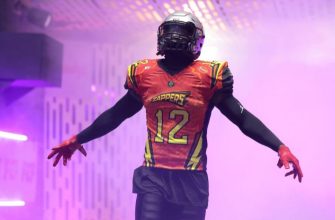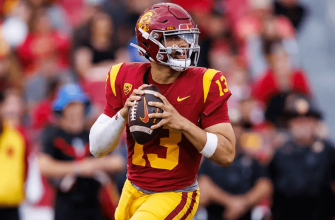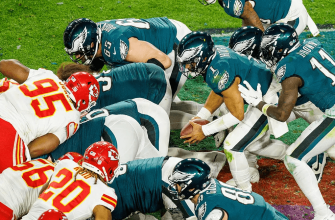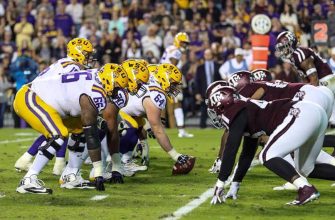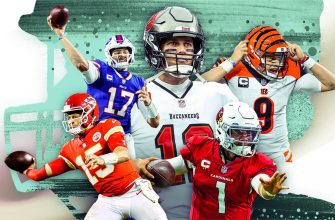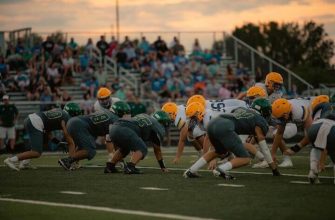An eligible receiver in football refers to any offensive player who is allowed to legally catch a forward pass. This includes wide receivers, tight ends, running backs, and certain offensive linemen. The rules regarding eligible receivers differ slightly between the NFL and college football. In the NFL, offensive linemen numbered 50-79 are ineligible to catch a forward pass, except in some specific situations.
In college football, all offensive players are eligible receivers by default, but linemen must notify the referee if they line up in an eligible position at the end of the line. The strategies around using eligible receivers versus ineligible linemen add an extra layer of complexity to the passing game. Understanding eligibility rules is key for both offensive and defensive coordinators in football.
Eligible Receivers in NFL
In the NFL, up to 5 players are eligible receivers on a given play. To be an eligible receiver, players must be lined up in an eligible position at the start of the play. Eligible receivers include wide receivers, tight ends, running backs, fullbacks, and slotbacks.
To be considered an eligible receiver, a player cannot be lined up covered by an offensive lineman at the snap. Eligible receivers must be lined up as a receiver or tight end on the line of scrimmage or in the backfield, without being covered up by another ineligible player. Typically, wide receivers, tight ends, running backs, fullbacks, quarterbacks, and slotbacks are eligible. Meanwhile, offensive linemen are always ineligible receivers.
Ineligible Receivers in NFL
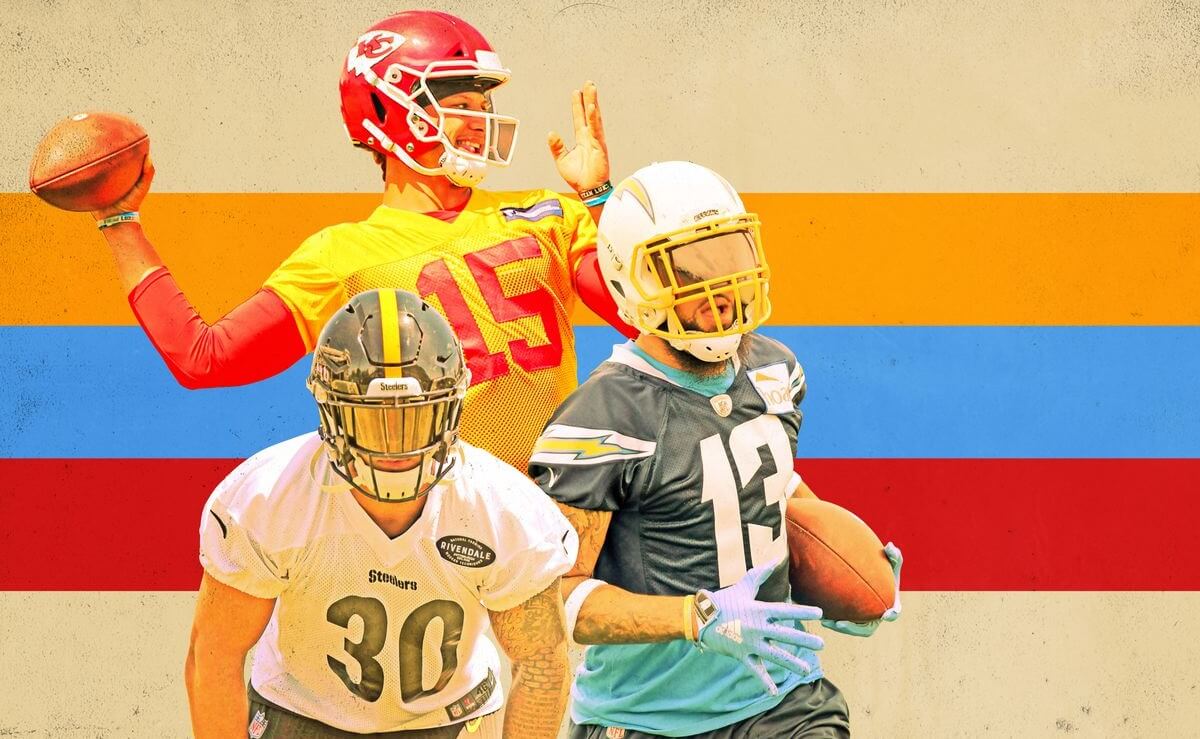
According to the NFL rulebook, all offensive players are considered ineligible receivers, except for the players listed as eligible receivers.
This means that the ineligible receivers include:
-
The quarterback – The quarterback is not an eligible receiver and cannot catch a forward pass. If the quarterback catches his own pass after it has been tipped by a defender, it is illegal touching and results in a loss of down.
-
Offensive linemen – Offensive linemen wearing numbers 50-79 are always ineligible receivers, even if they report to the referee as eligible.
-
Running backs – Running backs lined up in the backfield behind the line of scrimmage are also ineligible receivers. They must be positioned on the line of scrimmage to become eligible.
The main purpose of having ineligible receivers is to limit which players can catch forward passes. This prevents teams from sneaking extra receivers downfield to get open. Only players who start on the line of scrimmage can legally catch a forward pass.
Eligible Receivers in College Football
In college football, all offensive players are eligible receivers on passing plays, with one main exception. The exception is that only 4 players wearing uniform numbers 50 through 79 are allowed to be positioned as eligible receivers on any given play. This limits the number of offensive linemen who can line up in eligible receiving positions.
Any player wearing a number outside the 50-79 range is allowed to line up in an eligible receiver position at any time. This includes running backs, wide receivers, tight ends, and quarterbacks. There is no limit on the number of players with numbers 1-49 and 80-99 who can line up as eligible receivers. This creates more flexibility in college offenses compared to the NFL. Coaches can design creative formations with extra eligible receivers to try to create mismatches against the defense.
Strategies Using Eligible Receivers
Coaches employ various strategies to take advantage of eligible receiver rules. One common tactic is using blocking tight ends who line up next to the offensive tackle on the line of scrimmage. While tight ends are eligible receivers, they can be used to block on running plays before going out for a pass. This provides flexibility in play calling.
Another strategy is placing running backs and wide receivers in the backfield behind the line of scrimmage. This makes them eligible receivers, even though they may normally line up on the line. By lining receivers up in the backfield, coaches can confuse defenses on who is eligible. Motioning receivers from the backfield to the line before the snap is another way to manipulate defensive assignments.
Overall, creative formations and pre-snap movement allow coaches to dictate matchups and take advantage of eligible receiver rules. The best offensive minds design plays that feature eligible receivers in unexpected roles, keeping defenses off balance.
Notable Eligible Receiver Plays
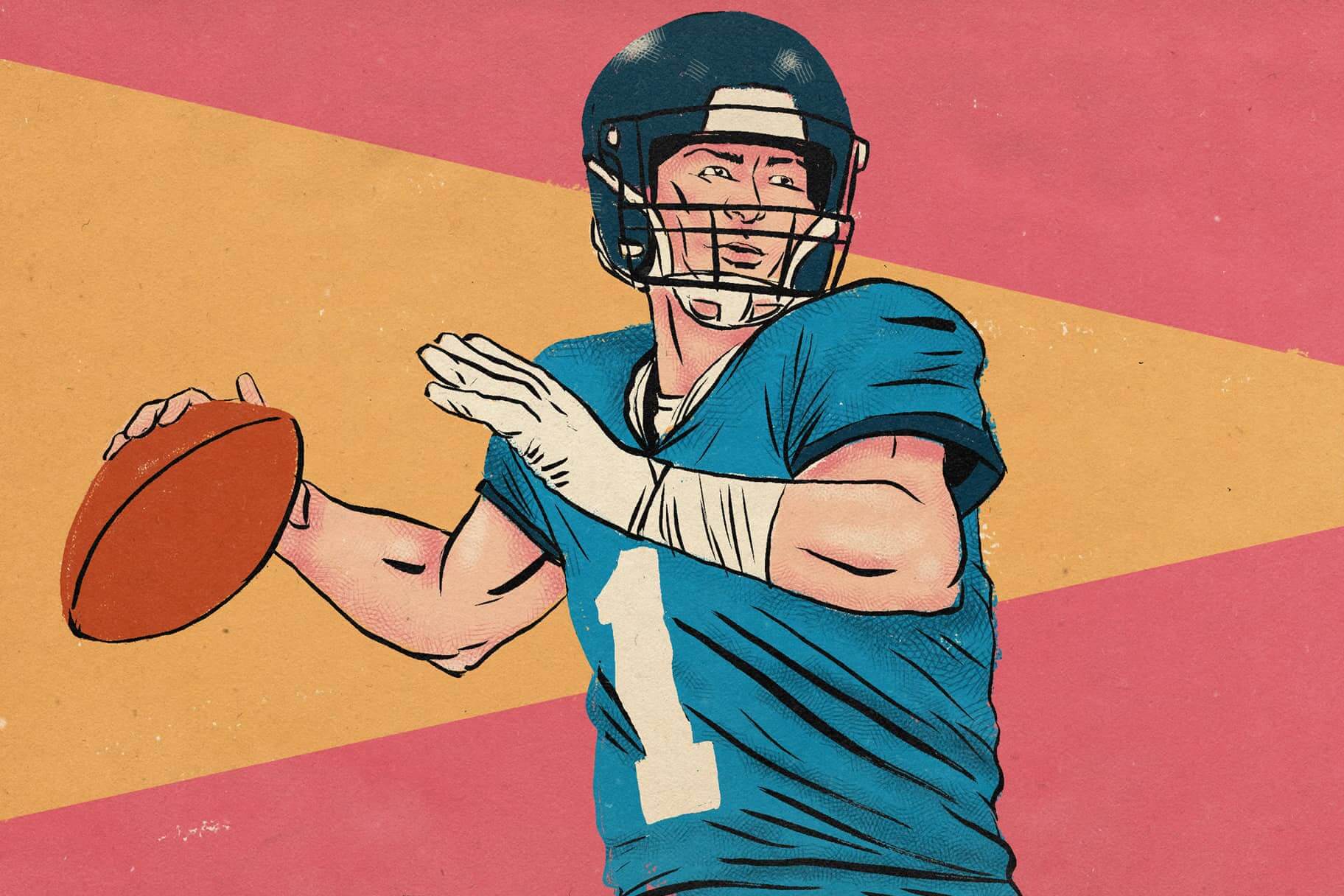
Eligible receivers have been used in some famous trick plays throughout NFL history. One of the most well-known is the Philly Special, run by the Philadelphia Eagles in Super Bowl LII. In this play, quarterback Nick Foles lined up as an eligible receiver at the goal line, while tight end Trey Burton took the snap. Burton threw a touchdown pass to Foles for a surprise score.
Another famous example is the tackle-eligible play, where offensive linemen declare themselves eligible receivers. Coaches will use these plays to create mismatches against the defense. New England Patriots coach Bill Belichick frequently utilizes tackle-eligible plays to confuse defenses, often lining up a tackle or guard at tight end while declaring the regular tight end ineligible. This forces the defense to adjust on the fly.
Trick plays with eligible receivers can catch defenses off guard and lead to big gains. Coaches are always looking for creative ways to scheme open receivers, and plays like the Philly Special have now become legendary.
Eligibility Penalties
Eligibility penalties occur when there are issues with eligible receivers at the time of the snap. Some common penalties include illegal formation, when there are not enough players on the line of scrimmage, and illegal motion, when eligible receivers are moving at the time of the snap.
The most common eligibility penalty is for ineligible receiver downfield. This occurs when an ineligible receiver moves more than 1 yard past the line of scrimmage before a pass is thrown. In the NFL, the penalty is 5 yards. In college football, the NCAA allows ineligible receivers a maximum of 3 yards downfield.
Another penalty is illegal contact with eligible receivers. Defensive players are only allowed to chuck or contact eligible receivers within 5 yards of the line of scrimmage. Beyond that, any significant contact is a penalty.
Proper formation and motion of eligible receivers is critical to avoid penalties. Coaches must strategize to disguise eligible receivers or create confusion for the defense, while remaining within the rules. Eligibility penalties can negate big gains and stall drives.
Changes to Eligibility Rules
The rules regarding eligible receivers in American football have evolved significantly over the years.
Some of the most notable changes include:
-
In 1933, numbers were added to jerseys to indicate eligibility, with eligible receivers wearing numbers 50-79. This made it easier for officials and defenders to identify eligible receivers.
-
In 1945, offensive linemen were allowed to receive forward passes if they first reported to the referee as eligible prior to the play. This allowed for more trick plays.
-
In 1950, free substitution rules were adopted, allowing players to freely substitute between plays. This increased flexibility in eligible receiver strategies.
-
In 1974, eligible receivers were allowed to line up outside the tackle box without reporting as eligible first. This opened up formation possibilities.
-
In 2021, college football began allowing all offensive players to be eligible receivers if they line up inside the tackle box. This significantly opened up the passing game.
There is debate around further opening up eligible receiver rules to promote more creative offenses. Some have proposed allowing any offensive player to freely become eligible each play without reporting. However, defenders argue this would be extremely difficult to track. The balance between innovation and competitive fairness continues to shape this evolving part of the game.
Impact on Football Strategy

The rules around eligible receivers have a major impact on football strategy at both the NFL and college levels. Coaches must carefully plan which players are eligible receivers on a given play to maximize offensive opportunities. The limitations force creativity in play design as coaches aim to disguise ineligible receivers or make them eligible via formation.
At the NFL level, strict eligible receiver rules mean most offensive linemen cannot run routes. Coaches gameplan around this by occasionally lining up linemen as tight ends or having them report as eligible on trick plays. The New England Patriots famously exploited this in the 2014 AFC Divisional Playoffs, declaring an offensive tackle eligible to enable a touchdown reception.
In college football, looser eligibility rules give coaches more flexibility. Any player with an eligible number can line up anywhere and act as a receiver. Coaches leverage this freedom with formations like 10 personnel (four wide receivers) to spread defenses thin. The greater uncertainty around eligible receivers poses challenges for defensive coordinators.
Eligibility rules have evolved over time in response to innovative coaching tactics. As coaches pioneer new strategies involving eligible receivers, governing bodies have adapted rules to promote fairness. The interplay between offense and defense surrounding eligible receivers persists as a key element of football’s strategic evolution.
Conclusion
Understanding the rules around eligible receivers in football is key for both offensive and defensive strategy. The number of eligible receivers varies between the NFL and college football, but in both cases only certain players are eligible to legally receive forward passes.
The differences in eligible receiver rules impact how offenses can line up and utilize different formations and personnel packages. Defenses must also be aware of eligible receivers to avoid penalties for illegal contact or pass interference.
In summary, the main points around eligible receivers are:
-
In the NFL, only the two players at the end of the offensive line are eligible receivers by default. Players with ineligible numbers must report to the referee if they are lining up in an eligible position.
-
In college football, all players are eligible receivers by default except for the five offensive linemen.
-
Strategies like unbalanced offensive lines take advantage of eligible receiver rules to create mismatches against the defense.
-
Not properly tracking eligible vs ineligible receivers can lead to significant penalties for the defense.
-
The rules around eligible receivers have evolved over time to open up new offensive strategies while still maintaining fairness and balance.
Understanding eligible receiver designations remains an important part of both offensive and defensive game planning. Getting the matchups and personnel packages right around eligible receivers is key to success.



